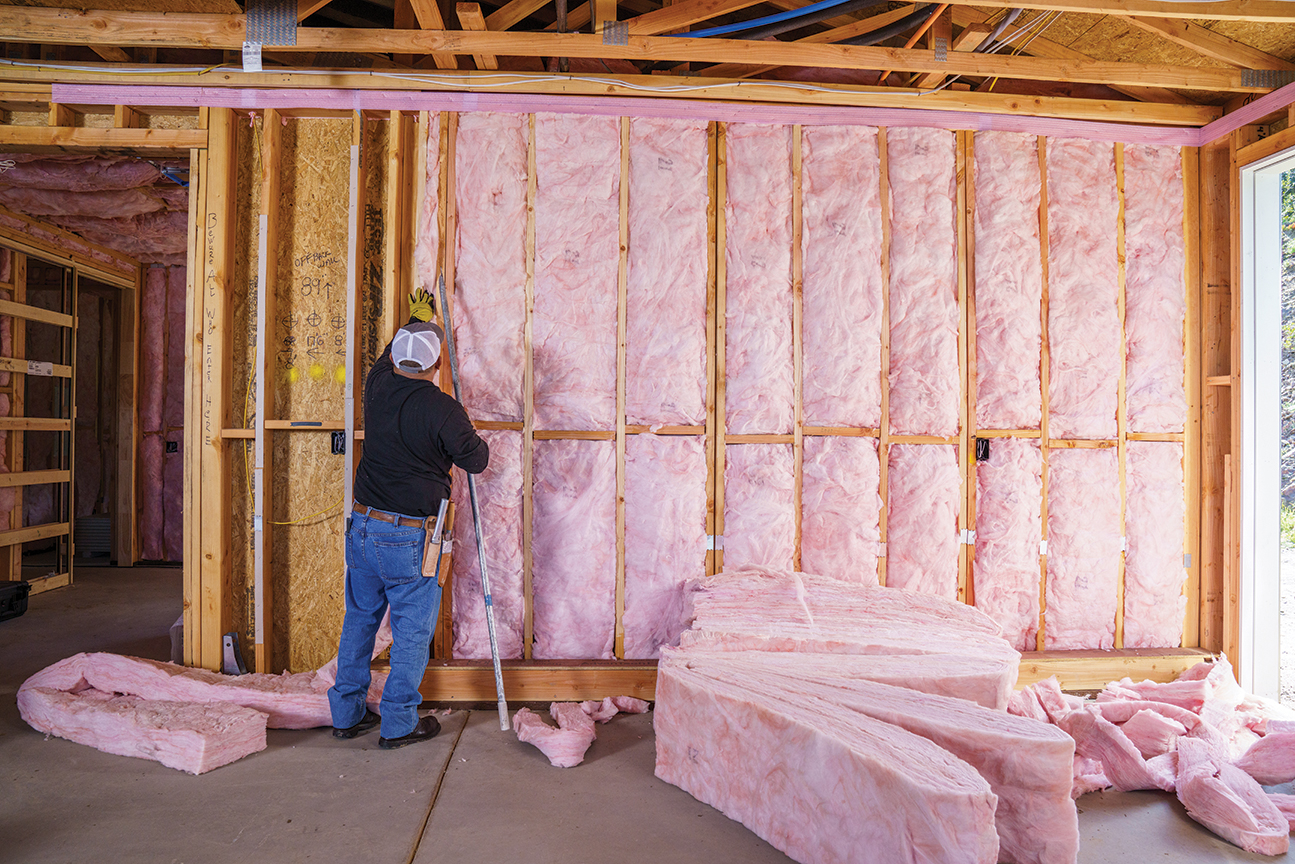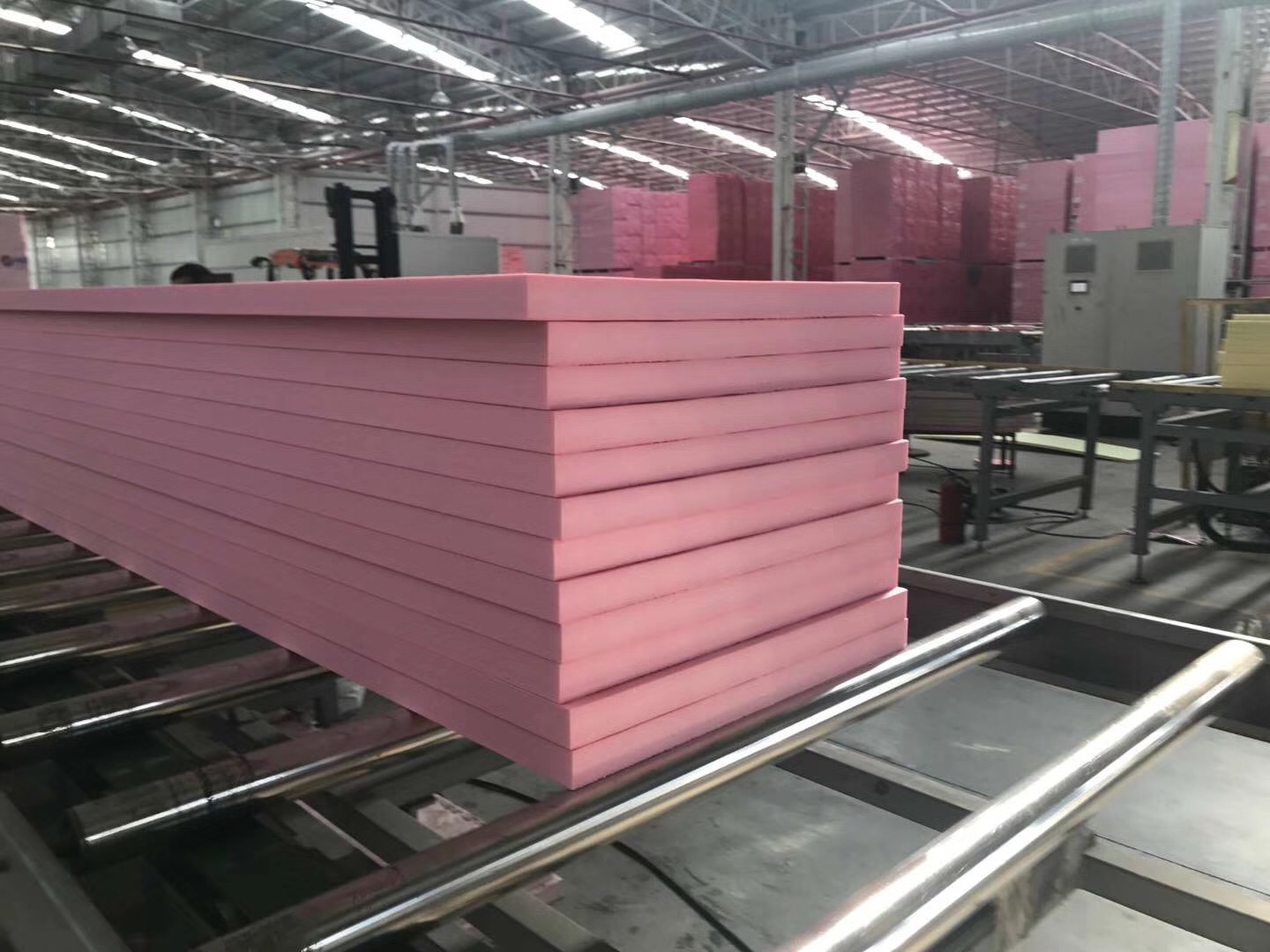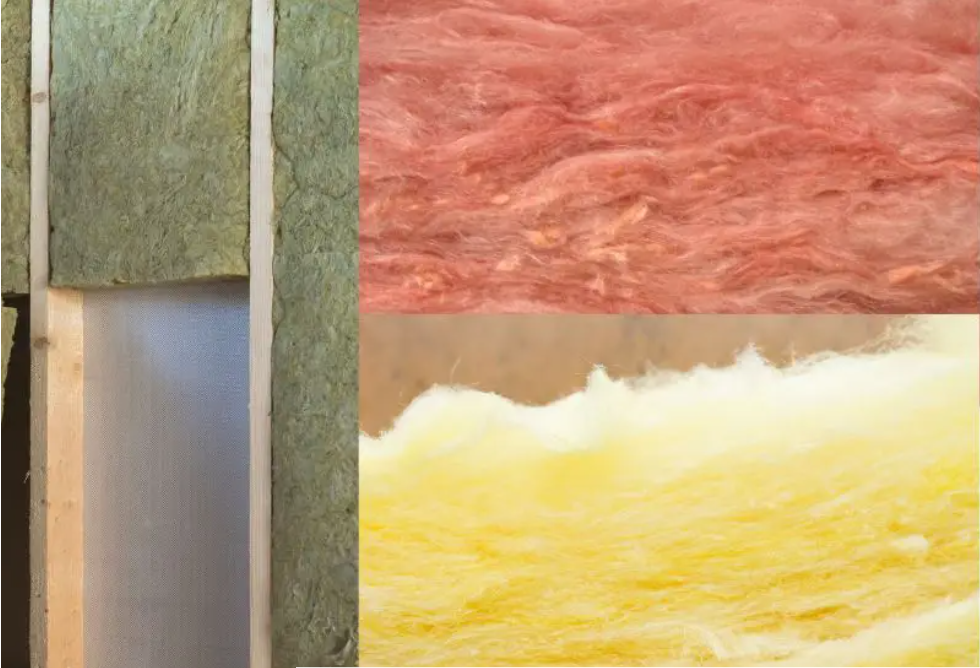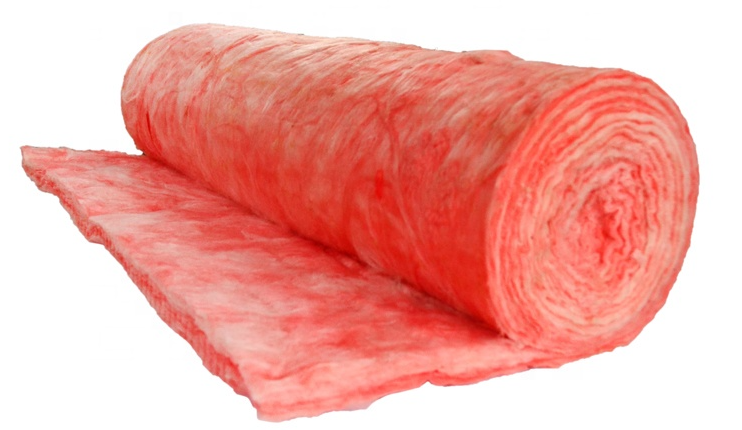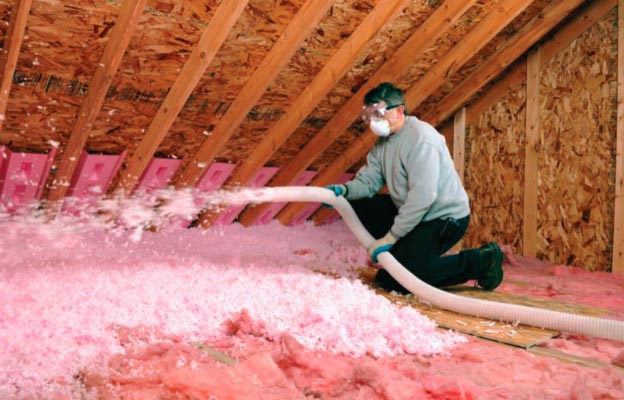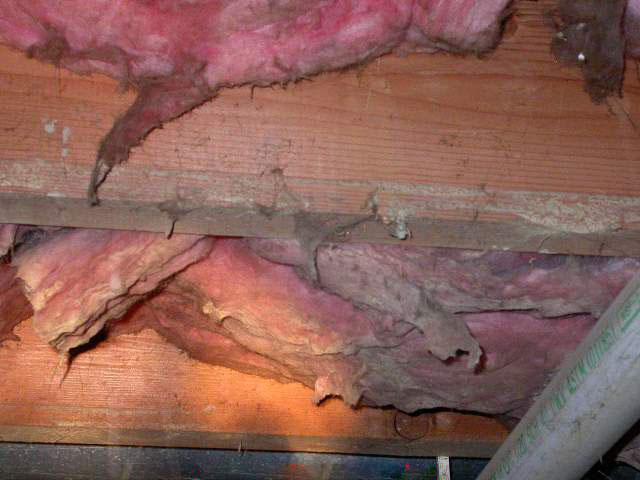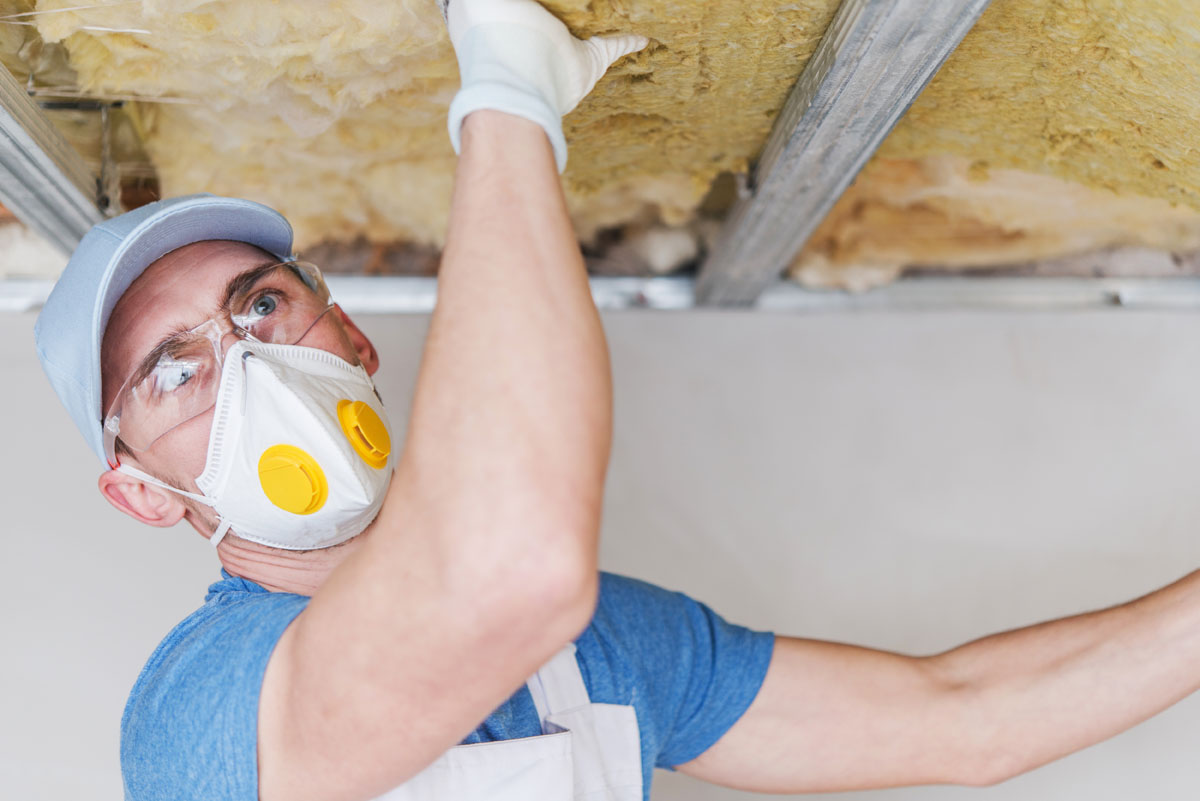1. What is pink insulation?
When we talk about pink insulation, we mainly refer to fiberglass insulation in different types: pink insulation batts, pink insulation rolls, or even pink insulation boards. Nowadays, the pink color has become an indicator of fiberglass insulation and this pink fiberglass insulation is widely used in homes and commercial buildings.
What is this pink insulation made of? Like other types of fiberglass insulation, pink fiberglass insulation is also made of extremely fine woven glass.
Traditionally all types of fiberglass insulation are yellow in color, which is provided by the resin-based binder that helps to hold the spun glass fibers together. In 1987, a fiberglass manufacturer called Owens Corning Company first use the pink color as the trademark of its fiberglass products. Today, the pink color is generally used by all fiberglass distributors as a way of making their fiberglass products more identifiable to consumers.
ECOIN offers pink fiberglass insulation in different forms, among which pink insulation batts are the most popular type: According to the International Association of Certified Home Inspectors, pink insulation batts may reduce residential energy costs by up to 40%. As such, pink batt is a frequently used material in residential or commercial buildings making the property warm and comfortable for occupants.
As we mentioned before, generally “pink insulation batts”, “pink batt ” or “pink insulation rolls” all refer to pink fiberglass insulation. However, “pink insulation” may have other meanings, such as pink foam insulation, etc.
Pink foam insulation
Foam board insulation is a great alternative to fiberglass insulation: it’s made of polystyrene resin and has an average R-value of 5 per inch of thickness.
There are generally two types of foam board insulation, pink, and blue foam boards. The main distinction between these two types is that they are recognized with different brand names in the market.
2. What is the difference between yellow and pink fiberglass insulation?
As one of the most commonly used types of insulation products, fiberglass insulation comes in different forms and in a variety of colors. This might make it confusing to determine which one to use: among the white, brown, pink, green, and yellow options, buyers are frequently left wondering what the differences are among such a great variety of colors of fiberglass insulation. However, the truth is less dramatic than buyers would expect: this distinction in color is simply a matter of trademark.
Difference between yellow & pink fiberglass insulation
Whether it’s pink or yellow, all types of fiberglass insulation contain essentially the same materials: spun glass fibers bound by resins at high temperatures. The same manufacturing process provides them the same insulating ability and similar performance: both the yellow and pink fiberglass insulation offer an average R-value of about 3.14 per inch of thickness; both of them pose a minimal fire hazard and a certain resistance to moisture.
The color yellow can be considered as the generic color of fiberglass insulation while the pink color is considered as trademark of fiberglass produced by Owen Corning Company. Apart from this, the difference between these two is negligible.
Though there’s no difference among different colors, different forms of fiberglass insulation result in some differences. Pink insulation batt and pink insulation roll are the most popular types of fiberglass insulation and their different forms cause different applications: pink insulation rolls leave less opportunity for gaps between sections and they’re rolled out between wall and ceiling framing; pink insulation batts are installed in pieces. Besides, there is also loose-fill pink fiberglass insulation, which requires an air tool to blow in.
Difference among insulations of different colors
In general, the colors of insulation materials don’t’ influence their dependability, reliability, or effectiveness of the product: whether the insulation product is pink, yellow, white or green, its material and manufacturing process are the essential factors that matter to its R-value, fire resistance and other attributes.
However, once you’ve selected and installed this insulation material, it’s important to check the change of color: if you see your fiberglass insulation turning black or getting dirty, it’s a sign of air coming through, which means that the space isn’t properly insulated anymore.
Tips for this color-check are the following:
- Inspect the insulation along the inside perimeter of your basement to see if there’s discoloration.
- By using a wooden spoon or other objects, move the insulation on the basement ceiling around a little bit, looking for discoloration.
If there’s any unusual coloring, there might be an air leakage in the insulation material.
3. Is pink fiberglass insulation toxic?
Is pink fiberglass insulation toxic? This is the most frequently asked question by many users. First of all, there’s a misconception to be clarified: fiberglass doesn’t generally cause health hazards and it only causes irritation.
Fiberglass insulation vs asbestos
Is pink fiberglass toxic? This concern is mainly risen by such a misunderstanding: fiberglass insulation contains asbestos. Fiberglass contains no asbestos. And actually, fiberglass is the primary form of insulation to replace materials with asbestos. And nowadays, the majority of insulation materials contain no asbestos, not only fiberglass but also mineral wool, ceramic wool, etc.
Exposure risk of fiberglass insulation
As we mentioned above, fiberglass insulation is not toxic but is irritant to the skin, eyes, nose, and throat. This irritation comes from the fact that this fluffy insulation is made for tiny glass shards: when it’s being laid out, rolled out, or blown in, fiberglass can release a cloud of particles acting as irritants. The impact of this irritation depends on the period of exposure.
- Short-Term Exposure Risk of Fiberglass Insulation
The inhaling or touching of fiberglass insulation causes immediate irritation and rash.
As it’s well known, fiberglass is literally made from tiny glass fibers. Naturally, it can be really painful for users to handle material with minuscule glass shards. Even quickly brushing the hand across fiberglass insulation can leave those glass shards embedded in the skin.
Besides, if you’re installing loose-fill fiberglass insulation instead of insulation batts, the glass fibers thrown into the air can cause irritation to your eyes, nose, and throat.
Fortunately, these risks may not have long-term health effects as long as you finish your work with fiberglass in a short period.
- Long-Term Exposure Risk of Fiberglass Insulation
If a user has to handle the fiberglass insulation frequently and may also inhale the fibers over and over again, this long-term exposure risk is really relevant for people.
Though it’s hard to quantify these long-term dangers, the risk can’t be ignored. And this is the reason why personal protection is indispensable.
4. Tips for handling fiberglass insulation
Personal protective equipment
A dust mask to protect your respiratory tract.
A pair of goggles to protect your eyes.
Long-sleeved shirt, long pants, and sturdy shoes to protect your skin
Handling tips
Keep fiberglass insulation in its original packaging for as long as possible.
Avoid stirring up fiberglass particles in the air.
Only use power tools with a built-in dust catcher for fiberglass installation.
Avoid rubbing your skin, eyes, or mouth.
Make sure the working area is well-ventilated.
If the shards of fiberglass insulation get on your skin, remove them by applying and then removing adhesive tape: the glass fiber can stick to the tape as you pull it away from your skin. If fibers get in your eyes, don’t rub. Flush out the fibers with water or eyewash solution. After handling insulation, remember to wash your hands thoroughly.

